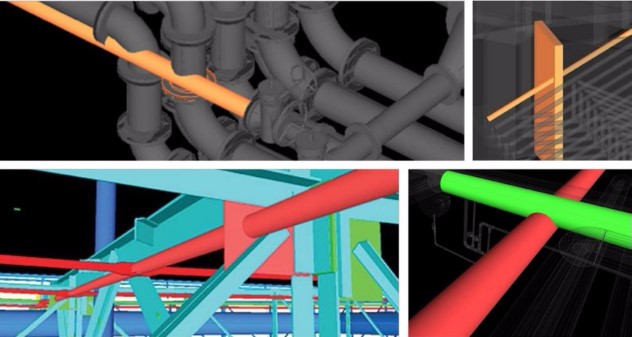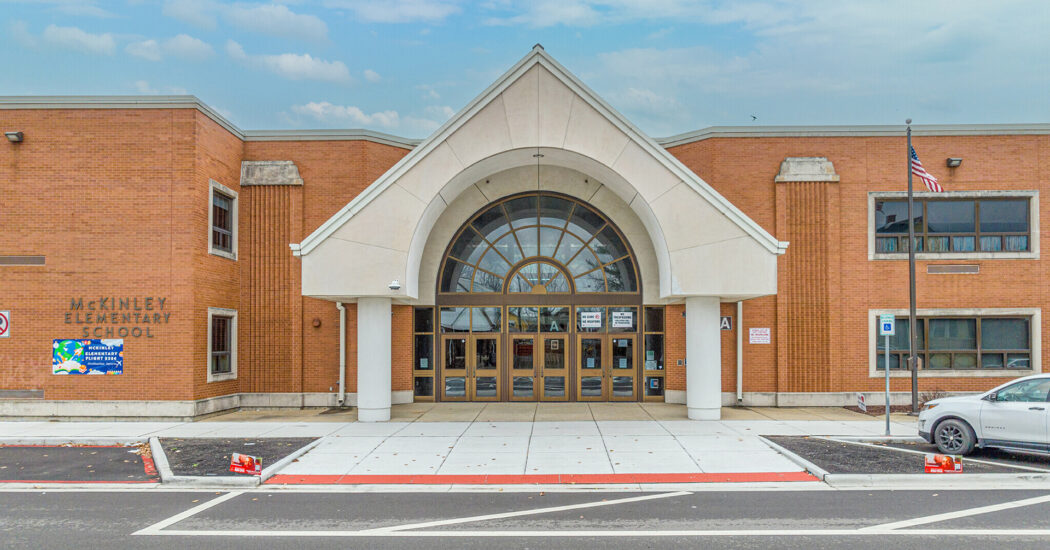Clash Detection: Protecting your Budget and Timeline
-
Category
Innovation -
Posted By
Schmidt Associates -
Posted On
Dec 19, 2017
What is Clash Detection?
Clash Detection software integrates with BIM/Revit design tools, showing the designers and contractors when two or more objects are intersecting and by how much. The software exports a location and physical image of the detected intersection, so you will see the actual conflicting pipes, duct runs, wires, etc. that need to be resolved.

There are three main types of clashes that can occur:
- Hard clash: when two objects pass through each other
- Soft clash: when two objects invade into geometric tolerances for other objects
- 4D/Workflow clash: resolves scheduling clashes and abnormalities as well as delivery clashes (for example, installation of ceilings before ductwork or plumbing fixtures before piping)
Why is it important?
Using Clash Detection is the easiest way to avoid coordination issues before they become change orders. It allows designers to detect and correct issues in the virtual world before they make it to the real world (where they can be costly). We can see what will and won’t work early in the design process rather than when construction has begun. Our engineers can run Clash Detection from day one and on until the project is on-site, allowing the construction process to be streamlined.
We use this technology to determine best routing paths for engineering systems. As we team with architects, we can proactively plan how to best integrate, route, and hide building systems within the design. Space efficiency is also enhanced by allowing designers to test tight configurations prior to delivering equipment to the site.
At the core of it, Clash Detection saves time and money. According to The BIM Center, an estimated $17,000 is saved per detected clash.







